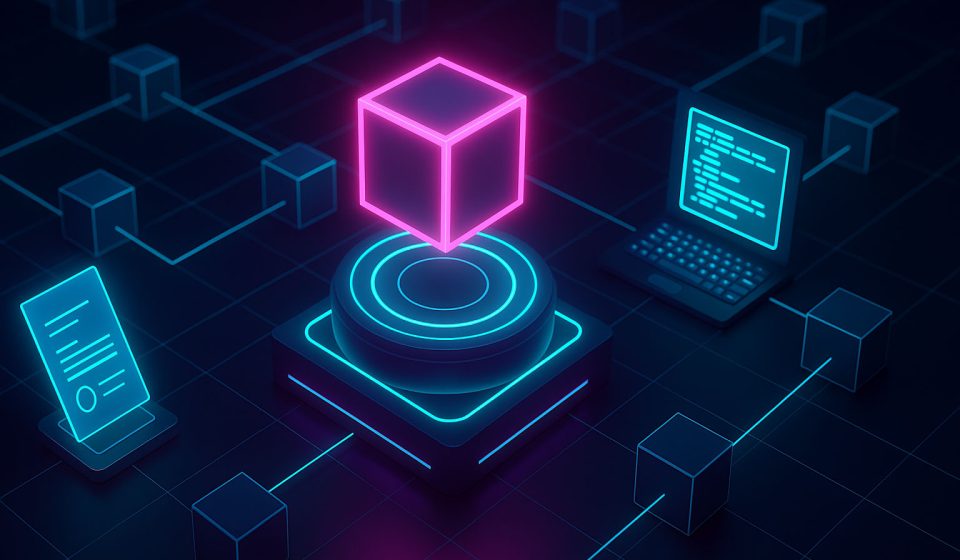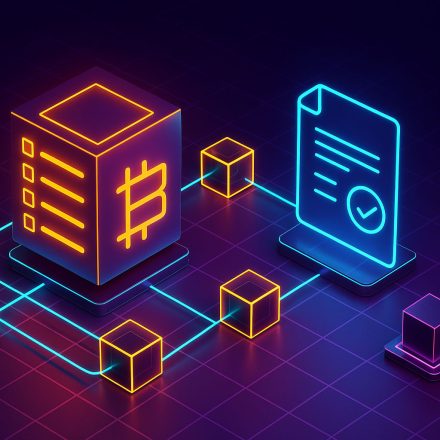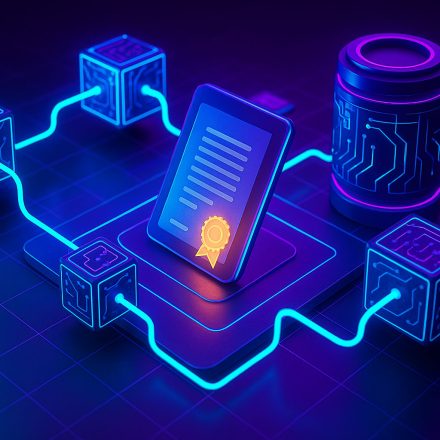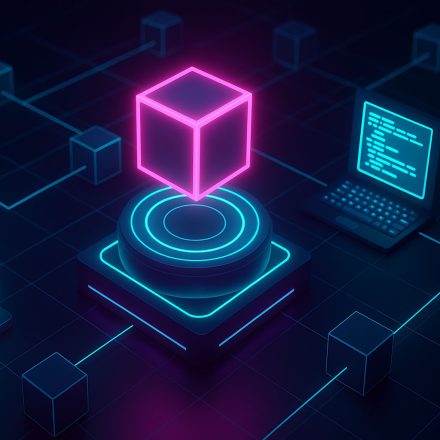
⚙️ What Are Smart Contracts? A Beginner’s Guide
What are smart contracts, and why are they a core part of blockchain technology? If you’ve been exploring blockchain, DeFi, or NFTs, you’ve likely heard the term — but what does it actually mean?
Table Of Content
In this beginner-friendly guide, we’ll explain what smart contracts are, how they work, and why they matter in the world of decentralized systems. Whether you’re curious about development or just want to understand the basics, this article is for you.
At BlockchainInsights.org, we break down complex blockchain topics into clear, actionable knowledge.
💡 What Are Smart Contracts?
Smart contracts are self-executing digital agreements written in code that run on a blockchain. They automatically carry out specific actions when predefined conditions are met — no intermediaries, paperwork, or delays involved.
The term “smart contract” was first introduced in the 1990s, but it became a reality with the launch of Ethereum, the first blockchain platform designed to support programmable contracts.
🔁 How Do Smart Contracts Work?
Smart contracts follow a basic IF-THEN structure. Here’s a simple example:
IF Alice sends 1 ETH to a smart contract,
THEN the contract sends Alice a digital product or NFT.
This process is automated, transparent, and irreversible once deployed on the blockchain.
Smart contracts can:
- Hold and transfer tokens
- Enforce rules in DeFi protocols
- Power NFT marketplaces
- Govern DAOs (Decentralized Autonomous Organizations)
- Replace traditional legal agreements in some cases
These contracts are stored and executed on blockchain networks like Ethereum, Solana, BNB Chain, Avalanche, and more.
🧠 Why Smart Contracts Matter
Here’s why smart contracts are so important in Web3 and blockchain ecosystems:
✅ Trustless
You don’t need to trust a third party. The code is the agreement, and it executes automatically.
✅ Transparent
Anyone can inspect the contract’s logic since the code is often public on-chain.
✅ Secure
Once deployed, smart contracts can’t be changed — this immutability protects them from tampering.
✅ Efficient
They remove the need for paperwork, lawyers, or slow middlemen. Everything happens in seconds.
🧾 Real-World Examples of Smart Contracts
Smart contracts power many of the most innovative blockchain applications:
- DeFi Platforms: Protocols like Aave and Uniswap use smart contracts to automate lending, borrowing, and token swaps.
- NFT Marketplaces: Sites like OpenSea use contracts to manage minting, buying, and selling of NFTs.
- DAOs: Smart contracts govern voting and treasury management in decentralized communities.
- Token Sales (ICOs & IDOs): Funds are collected and distributed automatically based on coded terms.
⚠️ Risks and Limitations
Although powerful, smart contracts are not perfect. Common risks include:
- Bugs in the Code: A small coding error can be exploited and lead to major losses.
- No “Undo” Button: Once deployed, a contract cannot be altered unless specifically coded to be upgradeable.
- Gas Costs: Complex smart contracts can be expensive to execute on networks like Ethereum.
- Limited Legal Recognition: Not all jurisdictions legally recognize smart contracts as enforceable agreements.
That’s why auditing and testing are essential for developers building with smart contracts.
🛠️ Want to Learn More?
If you’re interested in how to write or deploy smart contracts, we recommend starting with:
“Writing Your First Smart Contract with Solidity” (coming soon)
For now, check out our foundation-level guide:
“How Blockchain Works: A Simple Guide for Beginners”
https://blockchaininsights.org/how-blockchain-works
📝 Final Thoughts
So, what are smart contracts? They’re the programmable core of blockchain — trusted, automated, and decentralized. By cutting out middlemen and bringing logic to digital assets, they’ve opened the door to a new era of financial, social, and digital innovation.
At BlockchainInsights.org, we’ll continue exploring smart contracts and their growing role in Web3 and the decentralized future.













